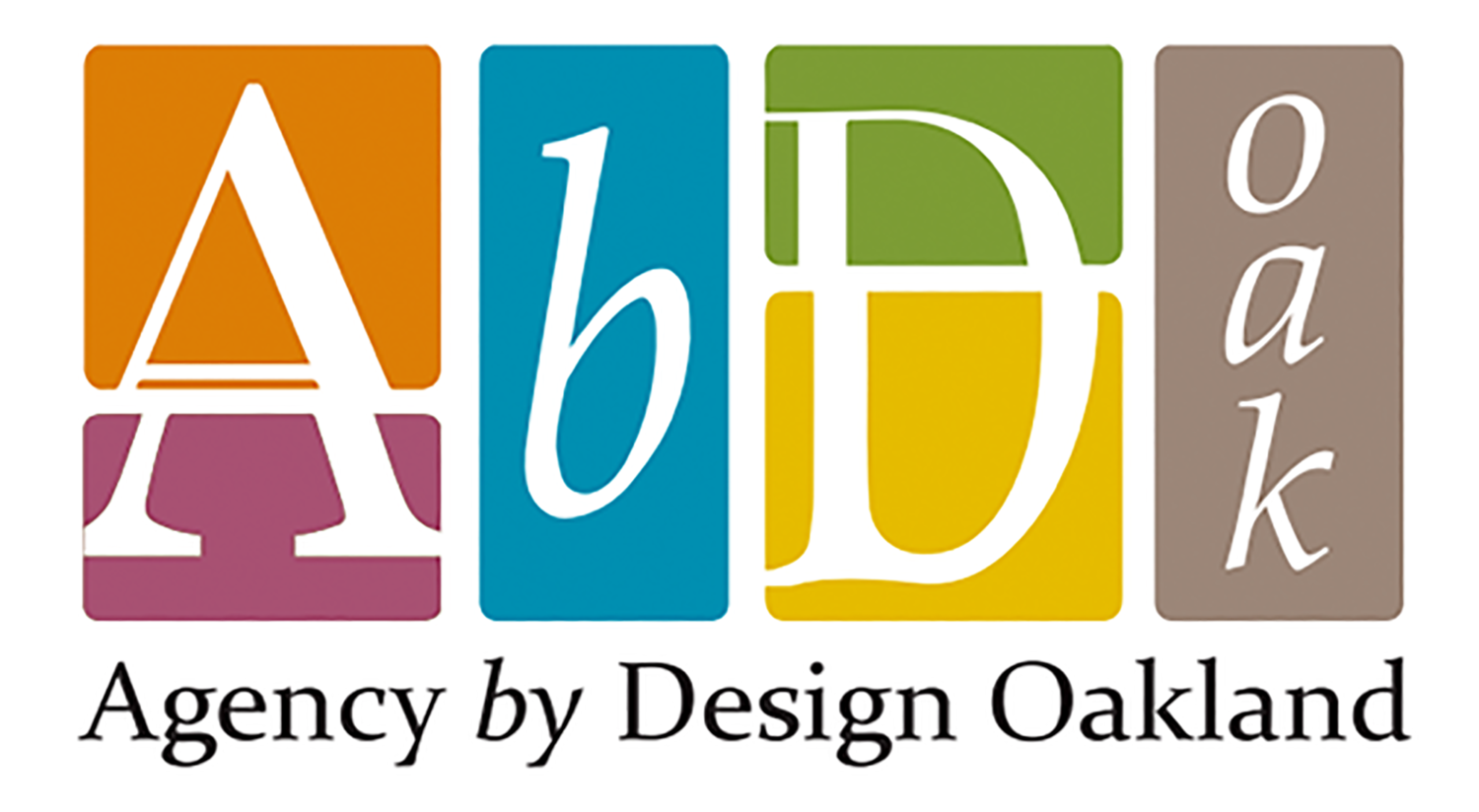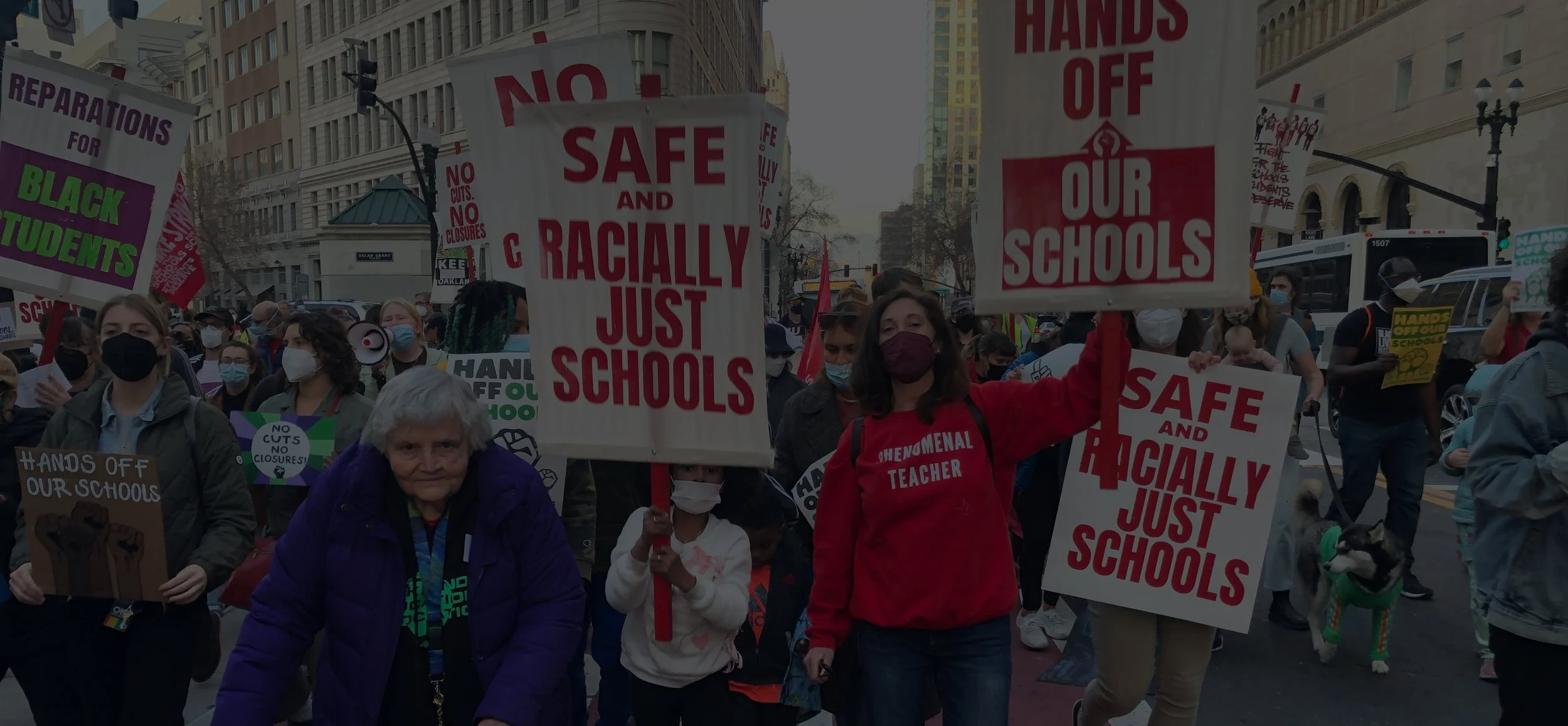Context
I teach at Oakland International High School, where I’ve taught for nine years. The school is incredibly special. All 400 students are newcomer immigrants from around the world learning English together as they matriculate through high school toward graduation. Over the past few years, the population has shifted. A greater proportion of students have limited or interrupted formal education, meaning that they have missed years of elementary or middle school because of conditions in their native countries, ranging from the cost of schooling to civil war. This change has meant that I, like all OIHS teachers, could no longer afford to assume that most students had a passing familiarity with my subject area.
I have been teaching probability and statistics to this students during their senior year for eight years. Each year, like all excellent teachers, I create and adjust curriculum to meet the needs of a new group of students, reflecting on the most effective strategies and resources from the previous year. Over time, I realized that I couldn’t only train students in the techniques of statistics, but that I had to provide experiences that encouraged them to recognize the value of observation, measurement, data analysis, and the results of a careful study. And to care about the results, one has to care about the question.
SLIFE Challenges: Skills, Culture, Trauma
The most obvious challenges faced by SLIFE students are language and basic skills. Over a quarter of new students at OIHS have missed so much schooling that they struggle to subtract two-digit numbers without a calculator. Every year, one or two new students learns their first alphabet ever in ninth grade. Some students report class sizes of over 100 in their native countries or being prohibited from entering school so that they could start working as young as seven years old.
Another obvious challenge is learning curve for adapting to a new culture. Students who grew up in sex-segregated schools have to learn to work with students of either sex. Students who could bribe the teachers in their country have to learn to pass on their own. All students have to figure out why Americans love pizza so much, or that being “on time” really means to be at least five minutes early, or try to wrap their head around being discriminated against for aspects of themselves that they never even noticed before, such as their skin, their accent, their hijab, or hand gestures. The shift is enormous and can be very unsettling.
The final challenge I would like to describe are the emotional challenges, which cannot be underestimated in their role. I like to say that all OIHS students are missing a piece of their heart, but what I mean is that all SLIFEs have experienced trauma, defined as a deeply distressing experience. At the minimum, each student has a whole context they have left behind: family members, friendships, familiar places and foods, religious organizations, and a sense of belonging. All students are plunged into the cold water of being a low-income, immigrant of color in Oakland. Many live with family friends distant relatives, or perfect strangers, without the support of the loved ones closest to them. The radical change in context is traumatic in itself, but many students carry even greater burdens of physical or sexual abuse/assault, neglect, near-death experiences, or witnessing extreme acts of violence. Students with such experiences can exhibit signs of post-traumatic stress disorder, including hypervigilance (always being “on the lookout” for threats), reliving the experience, depression, anxiety, low self-worth, or reckless behavior.
Together, this means that OIHS teachers must strive to develop strong, trusting relationships with students while designing lessons where all students can employ their skills and assets. SLIFE students must be equally valued as non-SLIFE students, which requires that teachers create curriculum which interrupts the idea that any students are “not smart.” I have to develop a curriculum which builds students’ academic skills (content objectives, language objectives, organizational/study skills), the confidence to make and learn from mistakes, and also internalize the essence of the target content. On top of that, teachers’ success depends equally on their ability to honor older teenagers already-complex desire to be respected as emerging adults.
Why Science in a Math Class?
During fall semester, I model curiosity and evidence-based thinking by beginning each unit with a question that we answer together. In the fall, our questions are How can we use measurement and fractions to write recipes for our favorite foods? and What are randomness and chance? How can we identify which processes are random? These questions arose from conversations I’ve had over the years, most memorably with two eleventh graders - my incoming students - expressed some beliefs that shocked me. They had heard a prophecy that a huge earthquake would cause California to break away from the US mainland, and that this would happen the very next day. They weren’t able to independently dismiss this baseless claim, nor were they able to cite any evidence that convinced them, other than they had seen it on the internet. Our conversation continued, and they told me about their exciting new hobby of fast highway driving and how I shouldn’t caution them against it, because they “have control [of the car]” and that therefore it wasn’t dangerous. I pointed out the contradiction: they were so afraid suffering from an event both very unlikely and completely out of their control but were gambling with life-threatening risks that were completely avoidable and much more likely to be fatal than an earthquake.
I kept that conversation in the forefront of my planning for the following year, recognizing that the value of everything else that I would teach rested on the idea that students recognize the role probability plays in their lives, and that it can run counter to one’s intuitions or fears. These boys were still allowing their fears to guide their actions, and it could literally save their lives to see themselves as part of a larger population, and that their decisions could tip the odds toward or against their best interests. I also realized that these boys were not alone - most of my students would need to see probability as giving them more information and agency in their own lives in order to see the value of studying it.
I started the year with ideas dear to every teenager: what is fairness? How do we know when something is random? I found that many students believed that fairness was achieved only when they got what they wanted, and that randomness had been synonymized with surprising. I knew that I had to back the statistics truck way, way up before jumping into calculations and interpretations. Otherwise, no lesson could be effective, since even the barest of facts would be up for negotiation. Facts had to be created from scratch in my class. There could be no assumptions - I had to model scientific thinking and provide scientific experiences starting with a question, carefully gathering evidence, interpreting that evidence, and asking more questions. That way, when students calculated an outcome’s probability at 85%, the number could really mean that something was quite likely to happen, much more so than an outcome with at 10% chance.
Couldn’t You Teach More Statistics If You Didn’t Do So Many Activities?
The short answer is yes, I could have taught more data analysis techniques - boxplots, outliers, standard deviation, quartiles - if I hadn’t used so much time on in-class experiences. And in fact, I tried to make this work for years. However, I ran into the same stumbling block year after year: many students simply rejected my claims that X percent of teenagers would get HPV or that the government could possibly reliable data about how many American adults smoke tobacco. The rejection was out of hand, not based on evidence or rationality, but simply a dismissal. And who could blame them? Students needed to do their own science in order to believe in it, and many of them simply hadn’t had the opportunity.
Furthermore, I hesitate to define statistics so narrowly as to limit it to data analysis, particularly in an introductory course. I give students a clear definition of science (the careful process humans use to understand the natural world) and of statistics (the math used to do science). I tell them that in the scope of the class, science will only cover what can be directly observed, and therefore will not make conclusions related to morality, religious belief, or beauty, all of which we categorize as subjective and up for debate. Doing so provides clear (if perhaps too simple) parameters in which to develop their observational and interpretive skills, which they will then apply to broader and broader contexts of their choosing, thus gradually causing them to identify as scientists.
The variety, minimal overlap, and often the narrowness of my students’ experiences meant that I couldn’t use those experiences as the foundation for any lesson. I had to use class time to create common experiences to serve as the factual, indisputable basis for any learning.
Science in the Classroom
On the first day of class this semester, I wanted to pique students’ interest and leave them wondering. I needed a compelling first step. However, I also needed something that every single student could engage in, regardless of skill level. Any student whom I couldn’t engage on day one would be at a disadvantage for the rest of the semester.
My go-to strategy is to generate a new experience that all students share, or occasionally to refer to a previous common experience, such the teachers they shared the previous year. Still, this was not uniformly compelling, and was least compelling for my students most resistant to trying new skills (students with trauma, interrupted education, IEPs, limited English skills, or a combination). How could I reach these students?
I thought back to the months before, when students saw a rock with embedded shells on my desk, which I use as a paperweight. They asked, “Ms. Courtney, how did you make this?” and often were shocked that I had simply found it on a beach in Santa Cruz. Once a student knew that I hadn’t made it, these same students became endless founts of questions: How did it get this way? Did someone make it? What were those white marks? Where they shells? How did they get inside the rock? When did the shells become part of the rock? I realized that nature was compelling to almost all students, and natural artefacts could be the source of some common experiences. This led to two new parts of my class: the Question Contest and the Curiosity Corner.
What is a Question Contest?
The Question Contest has its roots in my reflections about the Agency by Design thinking routines of See, Think, Wonder and Parts, Purposes, and Complexities. I had used these routines several times in the past, but I realized that the part I found most useful was that each routine pushed students to generate questions. I wanted to make it possible for even hesitant learners to “be a scientist,” and to do so I decided to boil down the routines to the part I found most valuable: low-stakes question generation.
I gathered a few mostly-familiar natural objects: a pinecone, a sand dollar, the shell-embedded rock, a quartz geode, a large cross-section of a colorful stone, a bivalve shell, a small animal vertebrate bone, and a spider plant clipping. I made sure that the objects were natural (not man-made), tangible (not an image, not in a case), complex (there is more than is immediately visible), diverse (so it would be likely that all students had seen some of them but no students had expertise in all of them), and replaceable (so that I could focus on their learning rather than preserving the artefact).

























